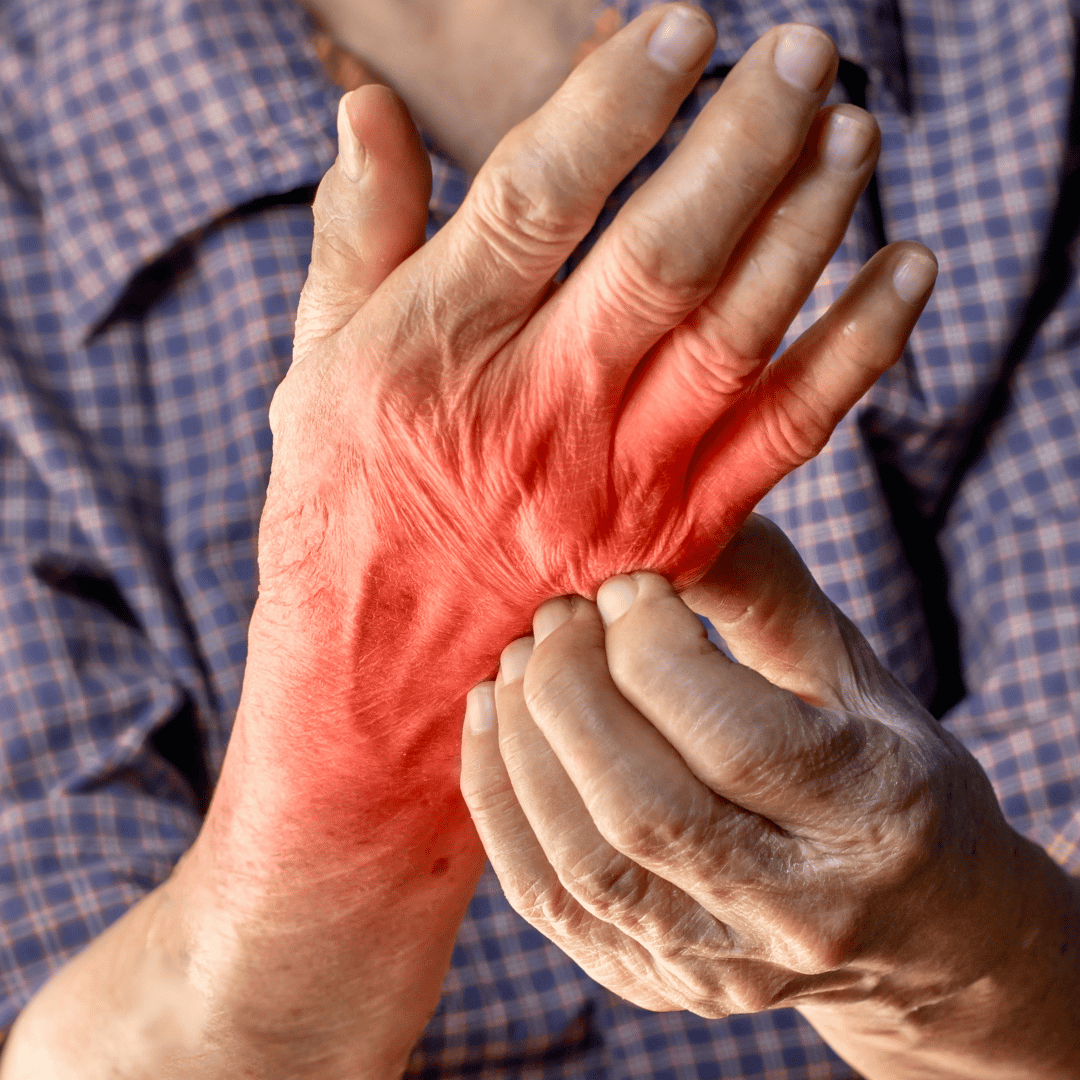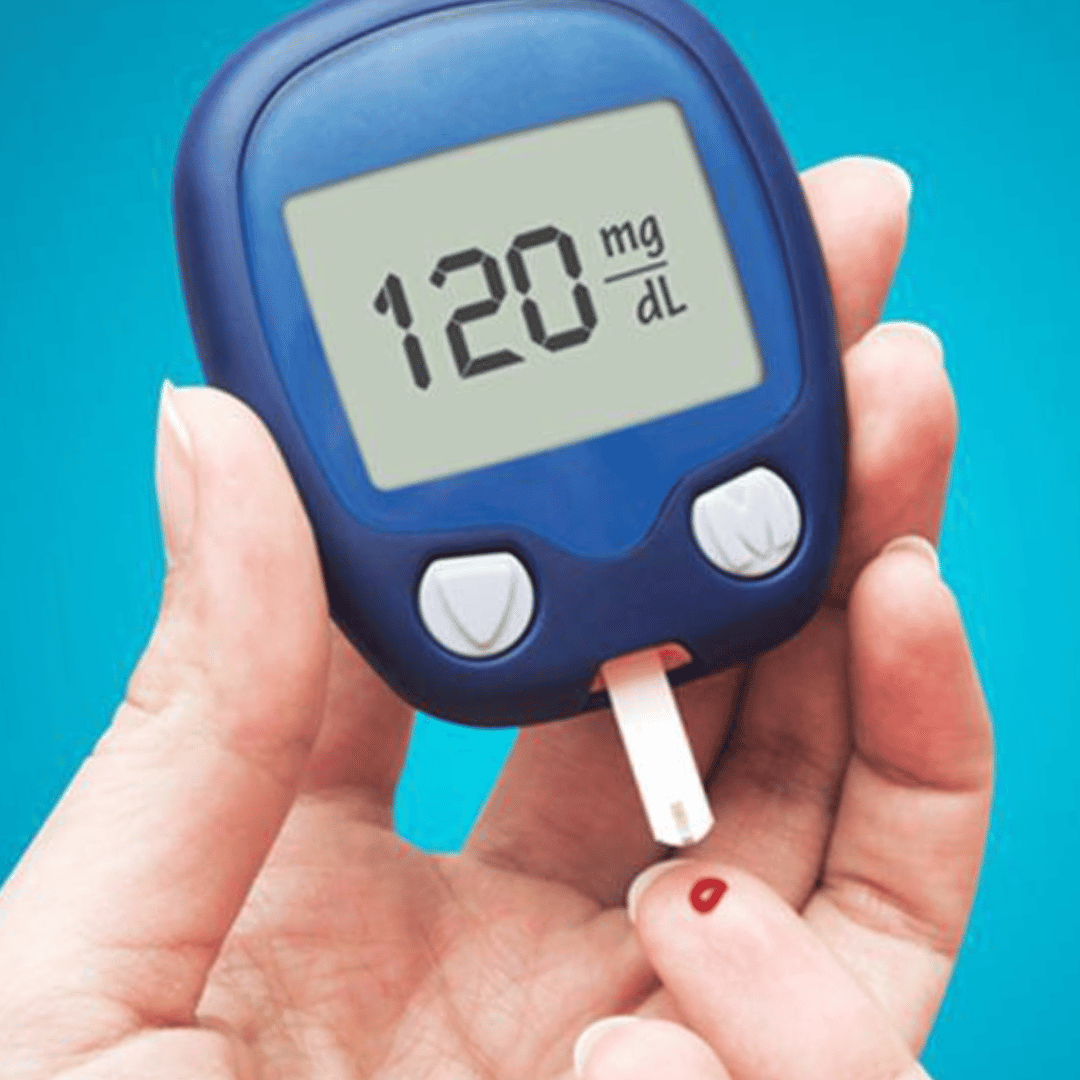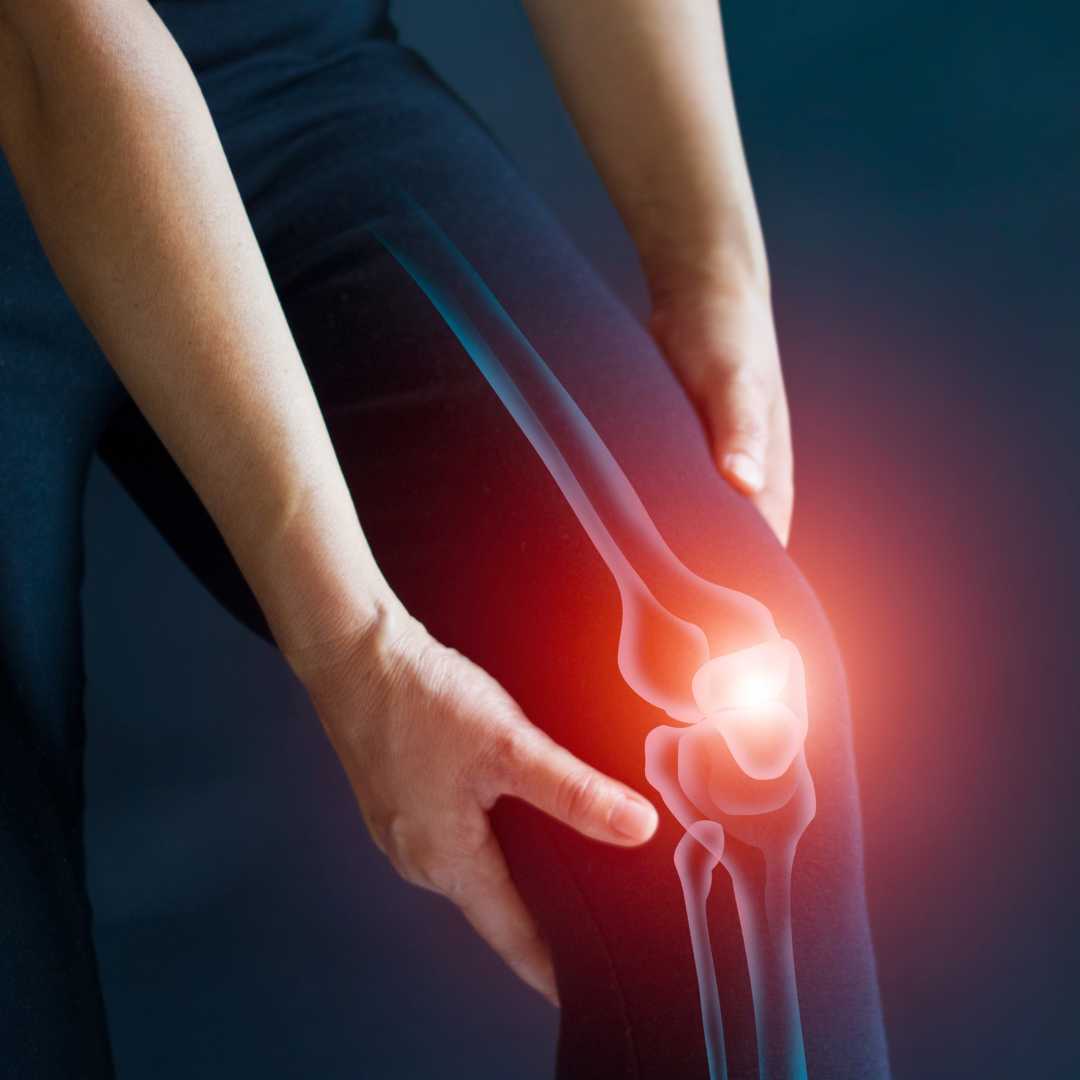How Stem Cell Therapy Works in Mexico: A Step-by-Step Guide

Stem cell therapy has become a leading solution for various medical conditions, with Mexico standing out as a destination for advanced treatments. Patients choose Mexico for the accessibility, expertise, and quality of care in stem cell therapies. This guide breaks down the process of how stem cell therapy works in Mexico, detailing each step from consultation to follow-up.
The Stem Cell Therapy Process in Mexico
1. Initial Consultation and Assessment
The journey begins with a thorough consultation where a specialist evaluates the patient’s medical history, current condition, and treatment goals. This step is crucial as it helps to determine the most appropriate type of stem cell therapy. Patients may connect with clinics in person or online before arriving in Mexico, streamlining the preparation process.
2. Choosing the Stem Cell Type
Mexican clinics typically use two main types of stem cells:
- Autologous Stem Cells: Harvested from the patient’s own body, usually from bone marrow, fat tissue, or blood. These cells are naturally compatible with the patient, reducing the risk of immune reaction.
- Allogeneic Stem Cells: Collected from carefully matched donors, often sourced from umbilical cord blood or placental tissue. Clinics maintain strict ethical standards for sourcing these cells, and they can be a beneficial option for patients without adequate stem cell reserves.
The choice of stem cell type depends on the condition being treated, patient health, and treatment goals, and is decided after consultation with the specialist.
3. Harvesting and Collection
If autologous stem cells are chosen, the next step involves collecting them from the patient’s body. For instance, fat-derived stem cells are extracted through a quick liposuction procedure, while bone marrow-derived cells are taken from the bone using a needle. This step is generally minimally invasive, performed under local anesthesia to ensure patient comfort. For allogeneic treatments, the clinic uses pre-collected and processed donor cells that are carefully stored and prepared for administration.
4. Processing the Stem Cells
After collection, stem cells are processed in a specialized lab to isolate and concentrate the most viable cells. This step is critical as it prepares the cells to be as effective as possible in repairing and regenerating damaged tissues. Reputable Mexican clinics use advanced technology and strict protocols to ensure only high-quality cells are used.
5. Stem Cell Administration
The processed stem cells are then delivered into the body through targeted injections or intravenous (IV) infusion, depending on the treatment area. For instance:
- Orthopedic Applications: Stem cells are injected directly into the affected joint or tissue.
- Systemic Treatments: For conditions affecting the whole body, such as autoimmune disorders, an IV infusion may be used to allow the stem cells to circulate and reach different areas.
This step is often quick and minimally invasive, allowing patients to remain comfortable throughout the procedure.
6. Post-Treatment Care and Monitoring
Following the administration, the clinic monitors the patient to ensure a smooth recovery. Most Mexican clinics provide aftercare instructions and regular follow-up sessions, either in person or remotely, to track the patient’s response to treatment. Recovery time is generally short, allowing patients to resume their daily activities within a few days, although resting is advised.
What Conditions Can Stem Cell Therapy Target?
In Mexico, stem cell therapy is versatile and can treat various conditions, such as:
- Joint and Musculoskeletal Issues: Arthritis, joint injuries, and tendon damage
- Neurological Disorders: Parkinson’s disease, multiple sclerosis, and spinal injuries
- Autoimmune Conditions: Lupus, rheumatoid arthritis, and Crohn’s disease
- Chronic Pain and Inflammatory Conditions: Conditions like chronic back pain or inflammatory bowel diseases
Each treatment is customized to the individual’s needs, allowing for a personalized approach to regenerative therapy.
Top Clinics & Safety and Quality Standards
- Sportmed Centro Medico (Guadalajara,Puerto Vallarta): Specializes in autologous stem cell treatments and has a team experienced in regenerative therapies.
- Dr. Omar Gonzalez Integra Medical Center (Nuevo Progreso): Known for regenerative medicine, including mesenchymal stem cell therapy, for various conditions
- MexStemCells Clinic (Mexico City): Offers stem cell treatments with a focus on quality of care in mind.
Mexican clinics are known for adhering to international standards of care. Reputable clinics use high-quality equipment, ensure ethical sourcing of donor cells, and follow rigorous quality control processes throughout treatment. Many specialists have international training, which bolsters the quality of care and gives patients confidence in the effectiveness and safety of their treatments.
What to Expect in Recovery
The recovery experience varies, depending on the condition and treatment type, but most patients experience minimal discomfort. Recovery periods are generally short, and patients often start noticing improvements within a few weeks to months. Follow-up care, often conducted remotely, helps patients stay connected with their medical team and track their progress.
Learn More About Stem Cell Therapy in Mexico
Stem cell therapy in Mexico is a streamlined process involving consultation, precise cell harvesting, advanced processing, and careful administration, all within clinics equipped to provide top-quality regenerative care. This step-by-step approach allows patients to access affordable, effective treatments for various conditions, making Mexico a leading destination for stem cell therapy.







.png)
.png)
.png)
.png)



